Neil Gaiman on ‘The Sandman’: ‘You Would Be Amazed at How Much of It Is Not CGI’
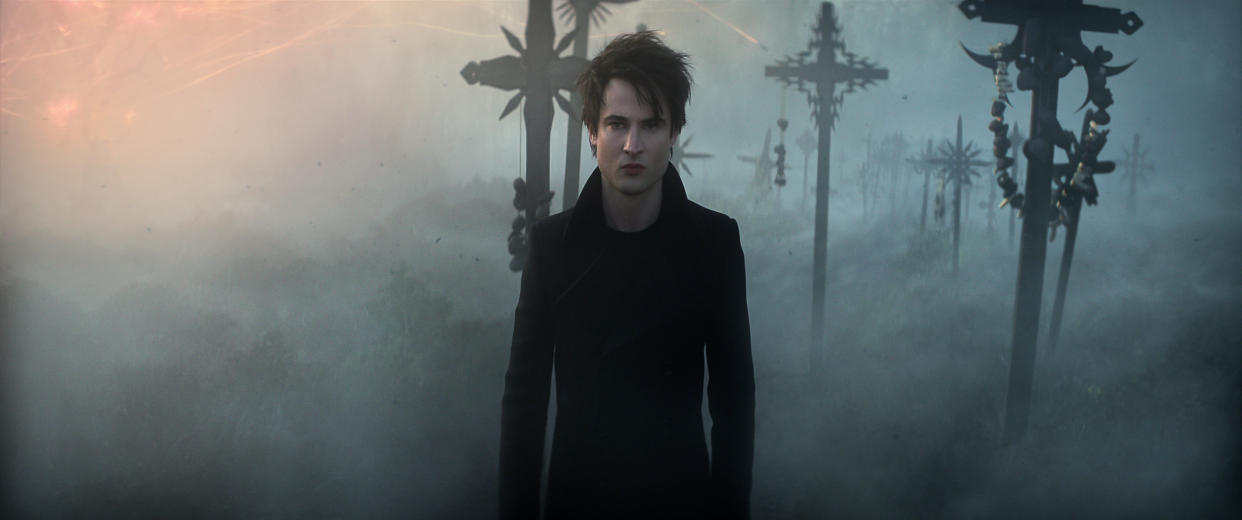
- Oops!Something went wrong.Please try again later.
The impact “The Sandman” had on the world of comics could be charted in its own Netflix show — as could a history of film and television’s often fraught track record of adapting comics to moving pictures. The bumpy, detour-prone road Neil Gaiman’s pioneering phantasmagoria traveled in its 30-plus-year journey from page to screen would require at least a two-parter.
For Netflix’s adaptation of the adventures of the Lord of Dreams (Tom Sturridge) across time, space, and sometimes Washington Square Park, one of the core creative decisions involved how closely this “Sandman” would, or even could, mirror the style of the comics. What could it create in place of the abstract and iconic impressions that only comics’ particular format of sequential words and pictures can deliver? Much like a dream, a drawing is tangible — but only just.
More from IndieWire
The series’ answer is one that’s darker and slightly more polished than reality, but certainly hews closer to HBO’s all-too-realistic take on “Watchmen” than it does the consciously unreal illustrated world of the “Sin City” movies. In a recent interview with IndieWire, production designer Jon Gary Steele joked that he’d be fired if he made sets that looked like sketches from the “Sandman” comic. But it was always the touchpoint from which the creative team drew inspiration for the design of the show. “You had sets like the threshold of Desire, you know, it’s a couple squiggles in the graphic novel,” Steele said. “And I can remember talking to [co-creator Alan Heinberg], I just had printed up a bunch of ameba-shaped buildings from the ’60s, and I said, ‘I wanna make it like inside of a heart.’ And he goes, ‘do it.'”
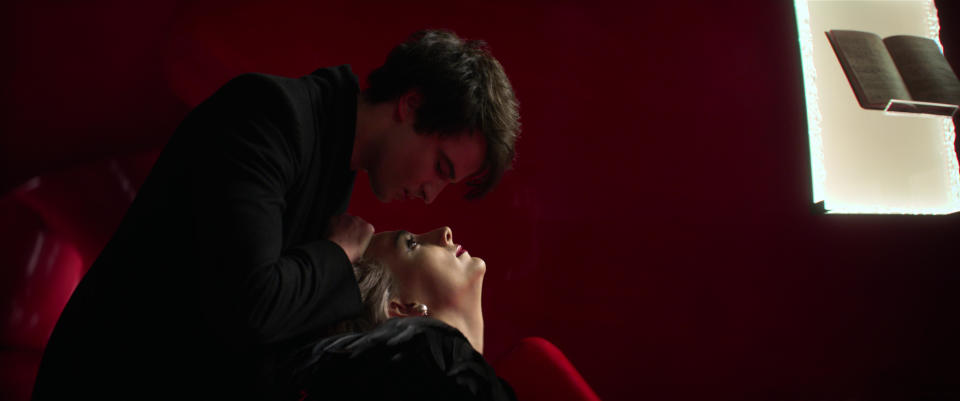
Courtesy of Netflix
Desire’s (Mason Alexander Park) lair is all sumptuous reds and curving shapes, everything bending and hard to pin down; it’s very much an externalization of the character’s Machiavellian personality, which is one of the joys comics creator and show co-creator Neil Gaiman found in having a new medium within which to explore the story. “[When writing a comic,] I have 24 pages comfortably,” Gaiman told IndieWire. “I have six panels per page, but I’m also gonna have to have some pages with bigger panels. I can fit 35 words maximum into a panel, before it becomes cluttered.
If “The Sandman” strives to be a fuller, more realized version of the original story, it’s one that’s very conscious of the contrast between the Endless, embodiments of the forces that in large part govern human life, and the real world around them; like fellow Gaiman adaptation “American Gods,” the mythic and the mundane don’t clash so much as co-exist in a world that’s real, but with notes of strangeness scattered here and there, and heightened at the edges. Colors are deeper, darknesses are darker, wet streets are slicker, and goth siblings Dream and Death (Kirby Howell-Baptiste) are just slightly out of place when sitting on a park bench in the sun. “We tried to paint everything darker and also make it sexy in its own weird way, because Dream is sexy,” Steele said.
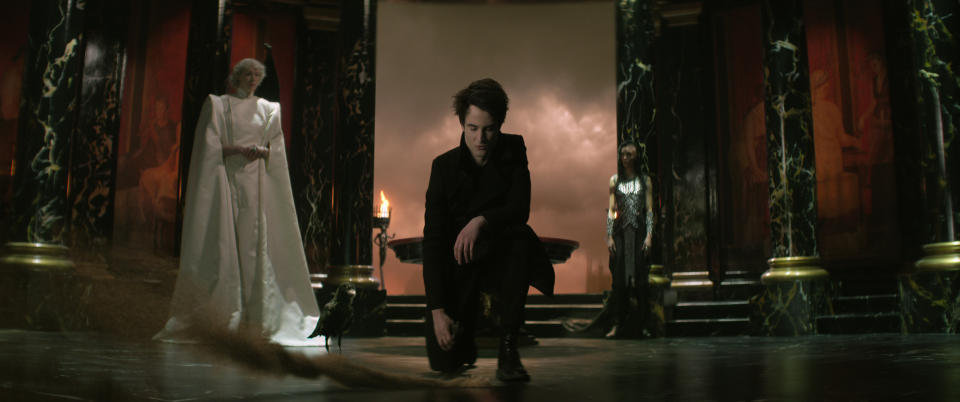
Courtesy of Netflix
But even with those adjustments, it was important for the show’s creative to have as much feel real as possible. “With [the threshold of Desire], it could have easily all been green screen, but I wanted to build it because I wanted the actors and the director, when they walk in, to go, ‘Yeah, we can work off this,'” Steele said. He added that the “candy kiss” of a chair in the heart of Desire’s home ended up being a wonderfully tactical tool the show could use for the confrontations between the siblings.
“The two things that were touchpoints for us were the comics and the Powell/Pressburger films, which it turned out [co-creator Alan Heinberg] and I both love, “Gaiman said. “There’s both a realism and a solidity and a willingness to walk away from realism in Powell and Pressburger, if you look at a film like ‘A Matter of Life And Death,’ the way that they would do practical effects. And in this CGI world it’s very easy to look at ‘Sandman’ and go, ‘Oh, this stuff is all CGI.’ You would be amazed at how much of it is not CGI. You would be amazed at how many of the things we built and they’re there. And it was impossible to build it and we still built it because that was the look and the feel that we wanted.”
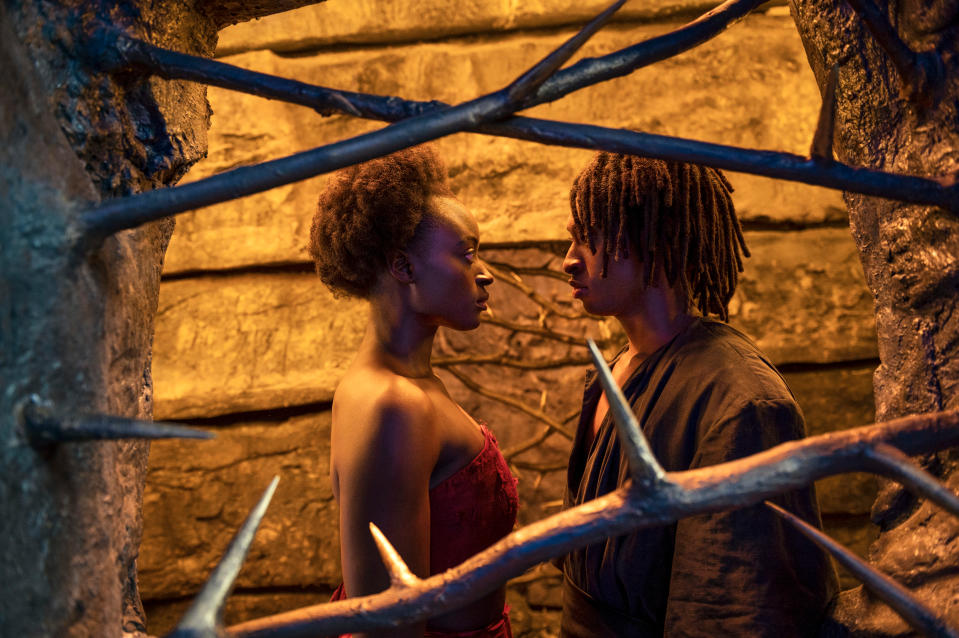
Ricky Darko/Netflix
The Powell/Pressburger influences are readily apparent in the show’s own trip to the afterlife — albeit a much more ominous hereafter presided over by an imperious Lucifer (Gwendoline Christie). “We had tunnels and bodies on the walls before you get in the tunnels. And we had gates made of thorns and twigs,” Steele said. “And then we had an area where Nada (Deborah Oyelade) is locked up in jail, a cliff with jail cells and flames behind, and instead of jail bars, we made it giant vines with thorns, which [were] cast and carved,” The result can’t look photo-real, necessarily, because such things do not exist in reality to be photographed. But there is something sensory and solid even to a very expressionistic rendering of a cage in Hell.
Where the series could be grounded in real places, it tried to be as meticulously detailed as possible. Episode 5, “27/4,” takes place almost totally inside a very old-timey diner, and while a comic can get away with showing only snatches of a place, “The Sandman” had to build out a diner stage that could both feel grounded and provide spaces and angles to show all the chaos that ends up happening inside it. To prepare for that, Gaiman emailed “Sandman” artist Mike Dringenberg about the original design in the comic. “I know Mike, and I’m like, ‘You probably went to this diner and drew it while you were there… you were probably sitting and sketching it in there,’ which he was,” Gaiman said. Dringenberg provided information on a real (though now sadly closed) Salt Lake City diner, down to the typeface they used on their menu. “And that was our menu [in the show]. There’s a level of drilling down into details, which is about, for me, the care and the heart and the love and going, ‘How specific are we going to get?'”
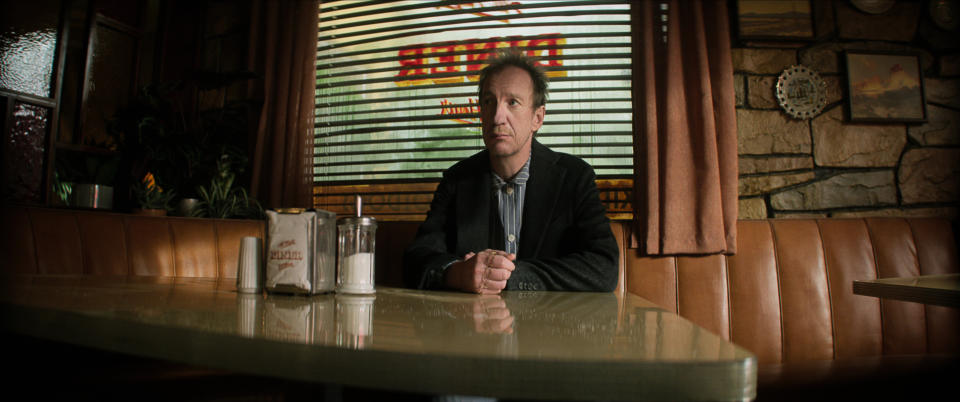
Courtesy of Netflix
Specificity doesn’t mean adherence in (or to) Gaiman’s book, but an ability to identify whatever the most important feeling is in the material, and finding a way to translate that visually. For one of the most famous “Sandman” stories, where Dream and Death take a walk together, actually being in New York City wasn’t nearly as important as creating the sense of a park as a haven, with city life going on just at its edges. For another, the production really had to nail down, lay out, and continually evolve the look of a tavern that Dream and a man named Hob (Ferdinand Kingsly) meet at once a century.
“We had to design a set that would evolve and look similar, but not exactly the same, because everything changes [over time] in real life,” Steele said. “So we built basically two giant rooms for a tavern with upstairs and downstairs and a couple different staircases and fireplaces everywhere. We had animals in the first incarnation and then we pulled away things and [reconfigured the space to include a fireplace]. That was all fun figuring out.”
The world of “The Sandman,” then, is one that has to be less ephemeral than the comic series by necessity, but gets go wider and deeper in detail. “You’ve watched [that pub] grow and evolve and you are in the same walls as they are, you know. We built this thing that grows around you but that is always completely of its time,” Gaiman said. “It’s not for me a matter of, well, how panel-for-panel, how comics accurate can we get? Because weirdly if we do it with heart and we do it with attention to detail and we do it with love, the comics panels are there.”
Best of IndieWire
Charlie Cox and Vincent D'Onofrio Set to Reprise 'Daredevil' Roles for Marvel Series 'Echo'
'The Last of Us': Everything You Need to Know About HBO's Adaptation
‘The Lord of the Rings’: Everything You Need to Know About Amazon’s Big Money Adaptation
Sign up for Indiewire's Newsletter. For the latest news, follow us on Facebook, Twitter, and Instagram.

